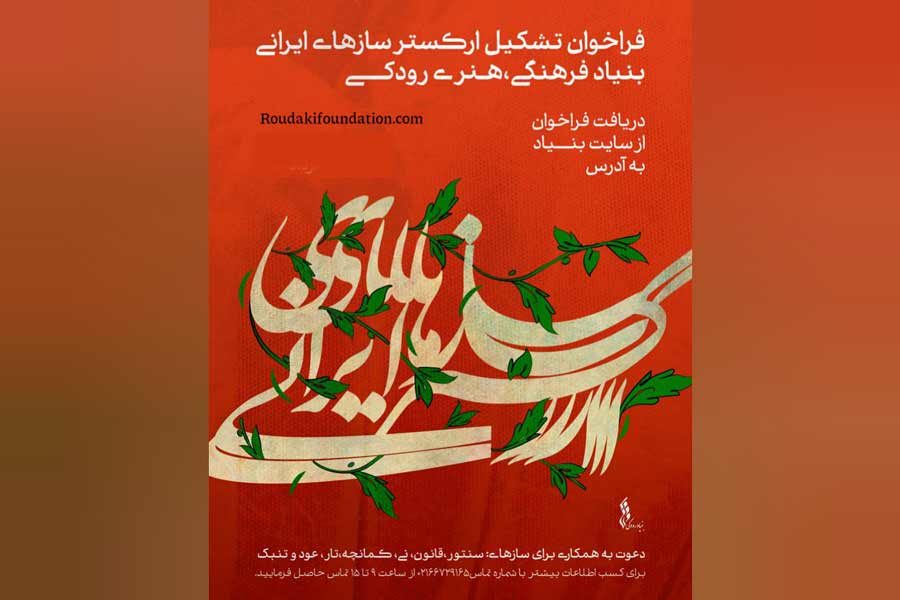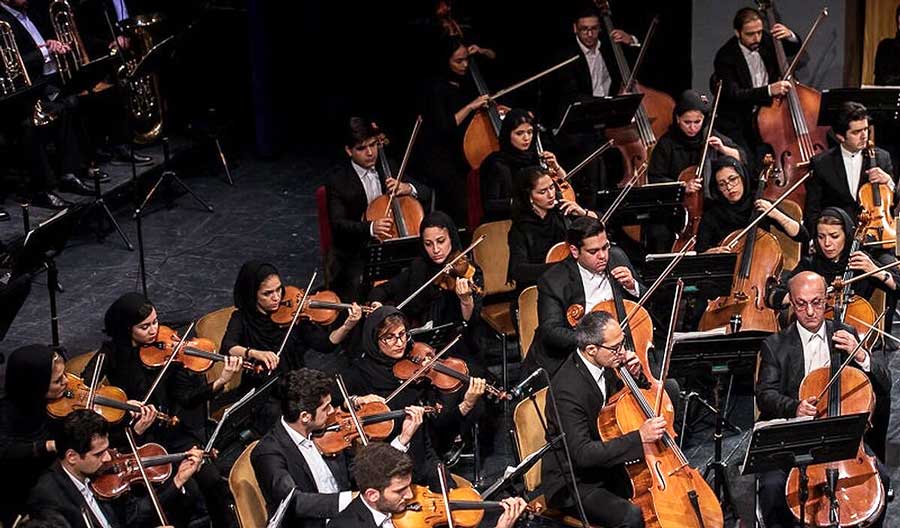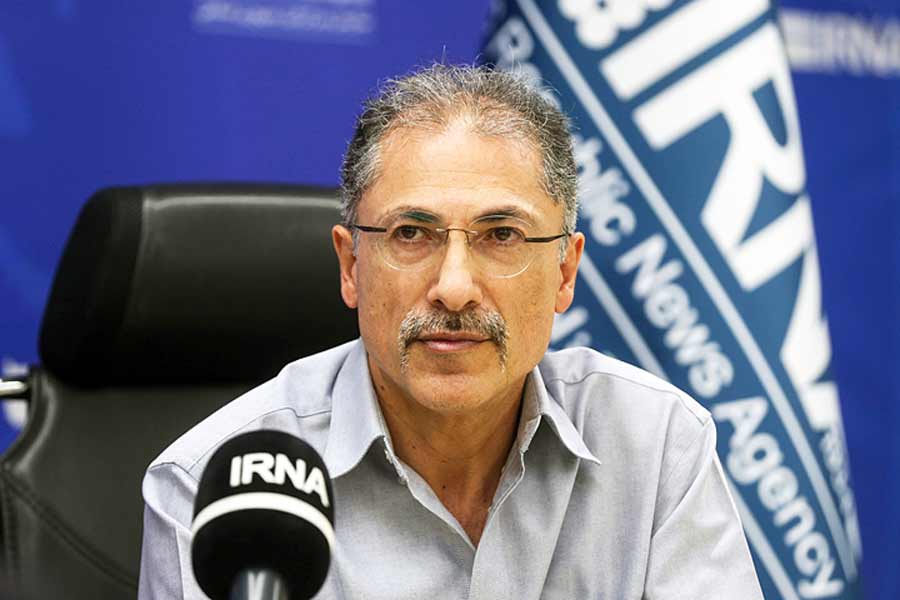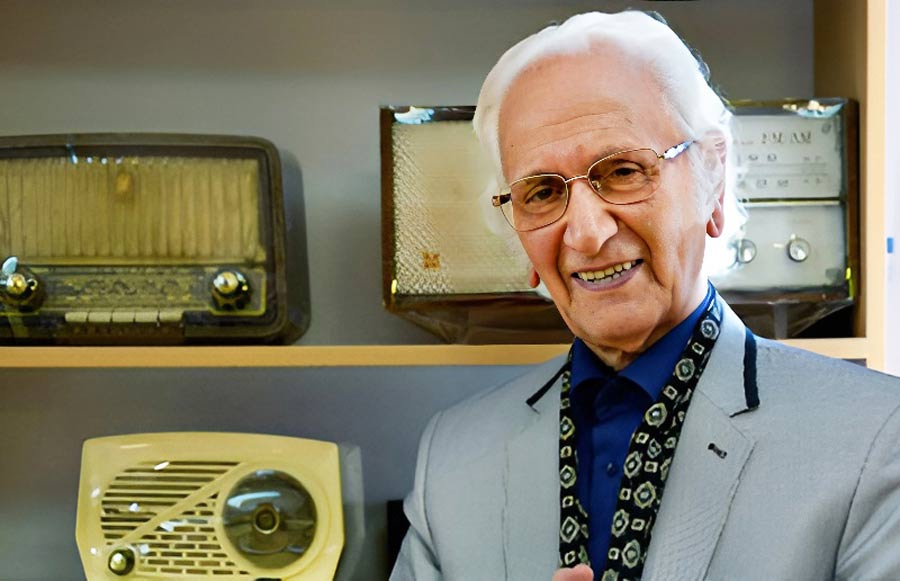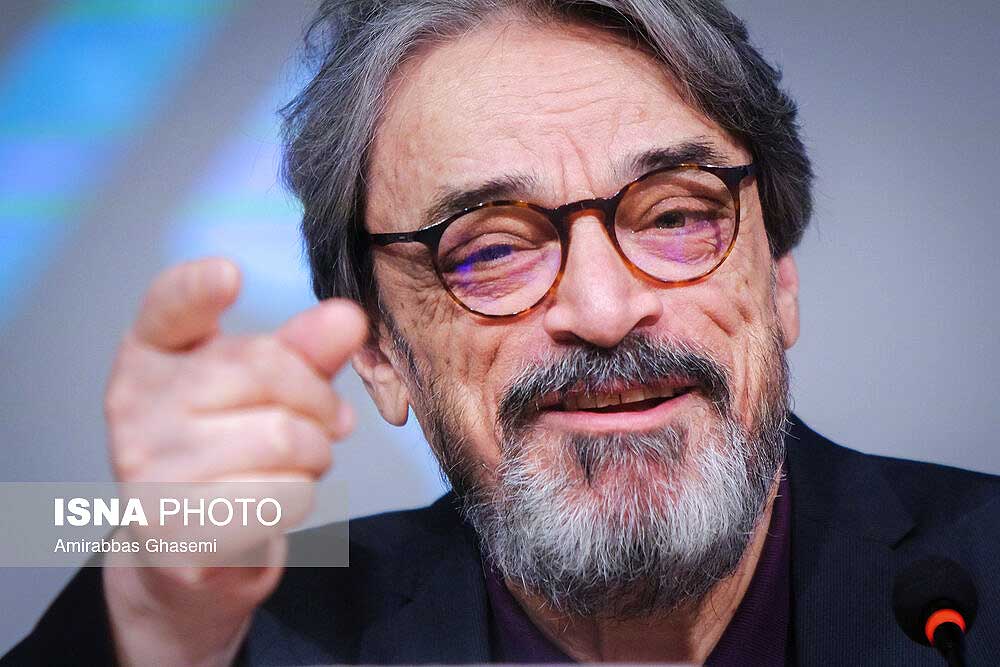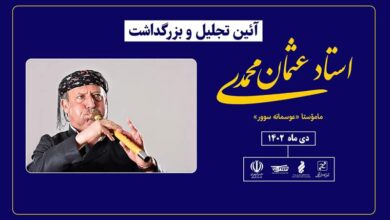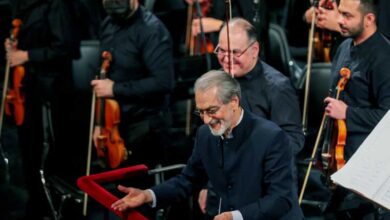The Death of Master Fereydoon Shahbazian
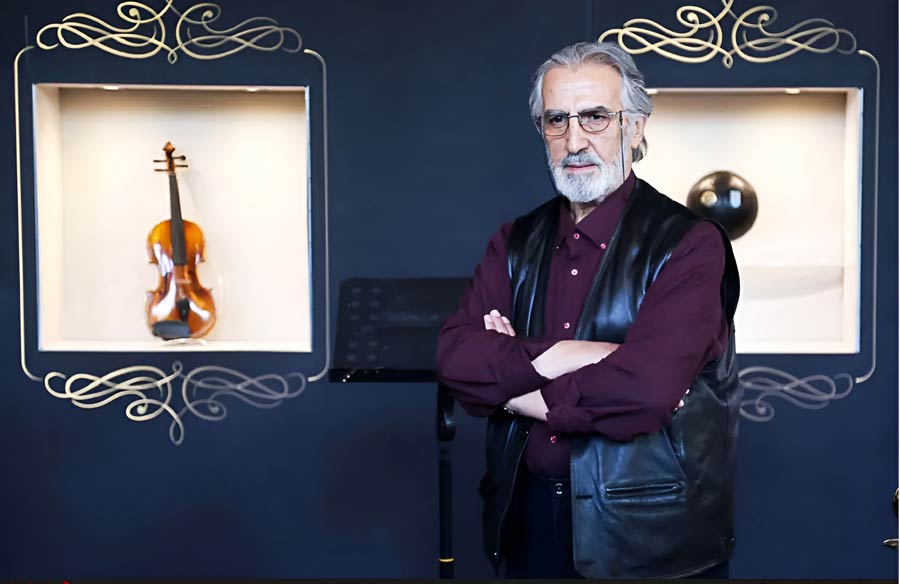
Master Shahbazian passed away at the age of 82.
According Artmag.ir, quoted from Mehr, this well-known artist had numerous and effective activities in the field of composing film, series, and songs.
The late Fereydoon Shahbazian was born on June 11, 1942, on Fakhr Razi Street in the University neighborhood of Tehran. With the encouragement and guidance of his father, Hossein Shahbazian, he became interested in music and began studying music and learning the violin at the Higher Conservatory of Music. His first violin teacher was Ataollah Khadem Misagh, who after a while introduced him to his Russian teacher, Serge Khotsev.
He studied with Khotsev until the end of his elementary school years. After that, he continued his violin studies until he received a diploma in playing this instrument, in the evening classes of Luigi Passanari, who was the concertmaster of the Tehran Symphony Orchestra at the time.
At the age of 17, he became a member of the Tehran Symphony Orchestra conducted by Heshmat Sanjari, and then began his collaboration with the Radio Flowers Orchestra. At that time, the Radio Flowers Orchestra was conducted by Ruhollah Khaleghi and after him, Javad Maroufi. In 1966, he became the leader of the Radio Symphony Orchestra and Choir.
Fereydoon Shahbazian was the conductor of the National Orchestra of Iran from October 2016 to April 2019. After resigning from the artistic directorship and permanent conductorship of the National Orchestra of Iran, Shahbazian was appointed as the music advisor to the Rudaki Foundation, from which position he also stepped down on May 21, 2019.
It was during this time that he completed his higher education at the Faculty of Fine Arts, University of Tehran.
During the period of Houshang Ebtehaj‘s management, Shahbazian was considered one of the main pillars of Sayeh’s music on the radio, and despite his young age, he was able to establish himself as a talented composer due to his creativity and high ability. This was while some of his works with the voices of Mohammad Reza Shajarian and Nader Golchin were released to the public during these years.
Fereydoon Shahbazian also began composing music for films in the 1980s.

In the early years of the Islamic Revolution, he collaborated with Ahmad Shamloo and Shajarian on a joint album, and in addition, he composed “Kashefan Foroutan Shukran” with Shamloo’s voice, which led to the release of “Kashefan Foroutan Shukran 2” with Shahbazian’s music and Shamloo’s voice in the years following Shamloo’s death.
Some of the works of Master Fereydoon Shahbazian are among the most widely heard works of post-revolutionary music, including his composition of the song “Boy Gol (Shabangahan)” with the voice of Seyyed Abdolhossein Mokhtabad, and his arrangement and composition on a joint album with Abbas Khoshdel and Alireza Eftekhari.
His experience in radio music in the years before the revolution, in the early 1990s, placed him in a position to be able to start an effective trend in post-revolutionary pop music, which is why many have called him the father of post-revolutionary pop music. He introduced some pop singers to the music community.

Among Shahbazian’s other notable works is composing music for films, which earned him many awards.
“Aavaar”, “The Stone Lion”, “Payizan”, “Dar Masir-e Tondbad”, “Leila”, the documentary “Land of Iran” and the documentary “Lost Symphony”, and the series “Masoomiyat Az Dast Rafte”, “The Voice of the Cuckoo” and “Kolah-e Pahlavi” and dozens of other works are among the works that Shahbazian was responsible for composing in the field of film music.
Continuous presence in professional activities in the field of music, centered on the Music House and conducting the National Orchestra of Iran, were among the activities of the late Shahbazian in the final years of his fruitful life.
The body of Master Fereydoon Shahbazian, the prominent composer and conductor of the National Orchestra of Iran, was seen off on Monday, January 13, in an atmosphere filled with sadness and respect. The Vahdat Hall, which itself witnessed his years of efforts in the field of Iranian music, hosted the final farewell to a man whose works will remain immortal in the ears of the art history of this land.
Pictures (29 Photos) Click it |
|---|
Photographer: Negin Hemmatzade / ISNA


